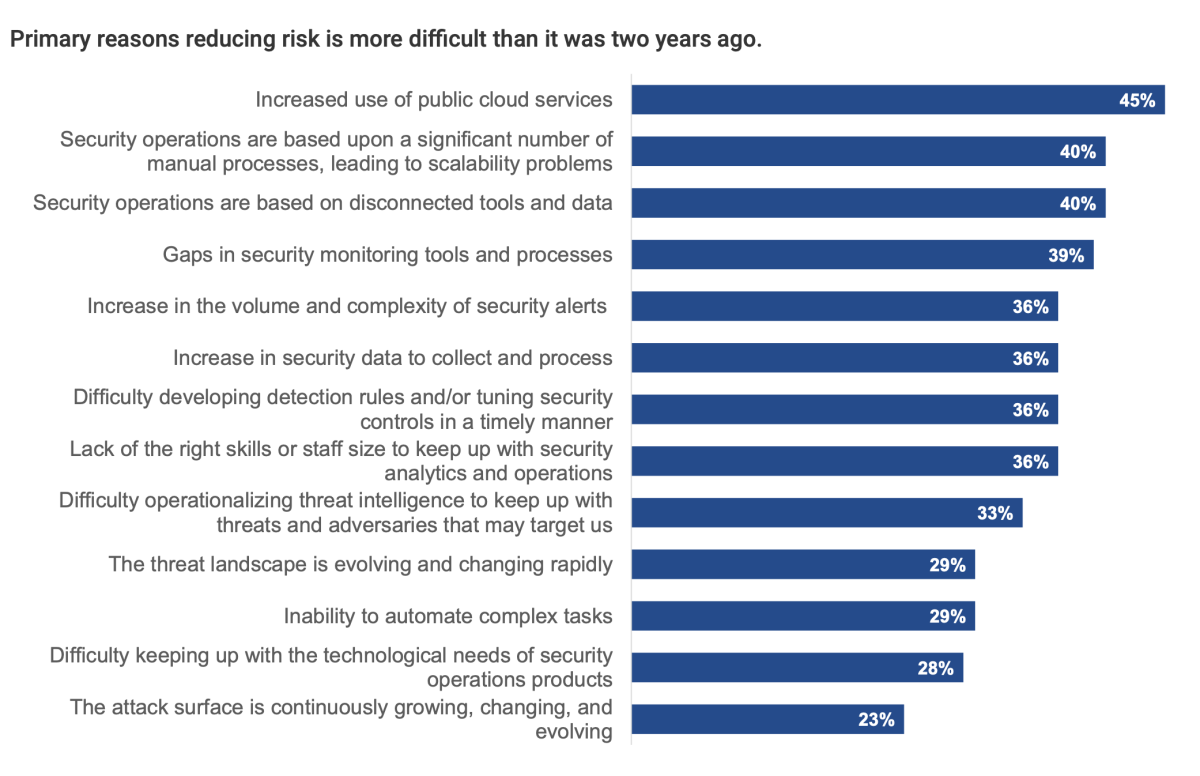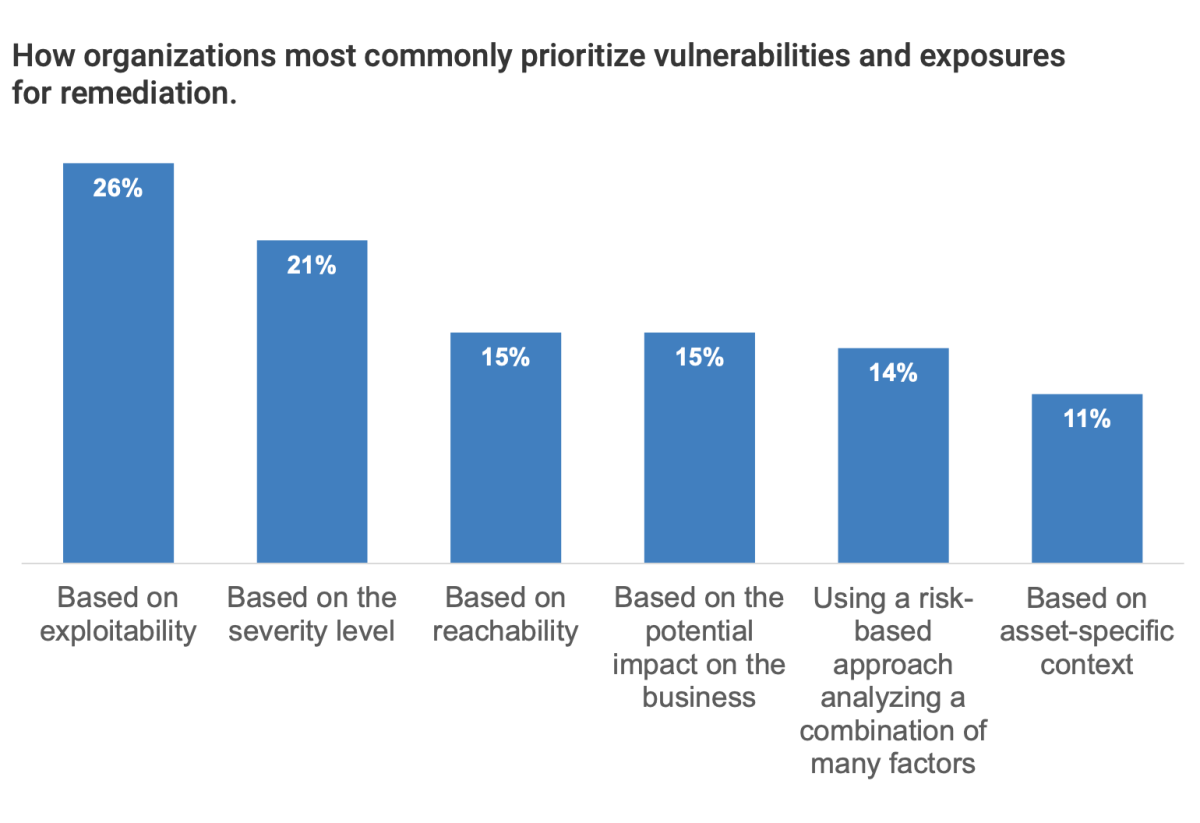
最新研究表明,网络安全风险日益复杂化,传统方法难以应对。企业正寻求通过自动化修复和深入分析来提升风险管理和优先级划分能力。调查显示71%的企业认为风险降低难度增加,预算投入增长88%,但部门间协作仍存障碍。 2025-8-28 10:0:0 Author: www.tenable.com(查看原文) 阅读量:3 收藏
August 28, 2025
3 Min Read

Get a firsthand look at how 400 security and IT leaders are tackling today’s cyber risk challenges in this latest study from Tenable and Enterprise Strategy Group.
From budget allocation and prioritization methods to team structure, organizations are fundamentally rethinking how they manage cyber risk.
Why? Because threats, exposures and assets are multiplying at a pace that traditional methods simply can't match, leaving organizations exposed to growing risk.
Tenable partnered with Enterprise Strategy Group on a new research study, “The Evolution of Risk Reduction: Contextual Analysis and Automated Remediation in Threat and Exposure Management,” to uncover the real-world challenges security teams face in reducing cyber risk in the modern era.
This study surveyed 400 IT and cybersecurity leaders across North America to uncover the biggest challenges, and the most promising opportunities, in today's threat and exposure management landscape.
The bottom line: The old playbook no longer works. It's time to shift from reactive, siloed efforts to a more unified, proactive approach that delivers real, measurable risk reduction.
According to the report, “Organizations are seeking threat and exposure management tools that enhance their prioritization and risk reduction capabilities through automated remediation and deeper analysis. What matters most to security teams is fixing the most important issues first and doing it as quickly as possible at scale.”
“Organizations are seeking threat and exposure management tools that enhance their prioritization and risk reduction capabilities through automated remediation and deeper analysis. What matters most to security teams is fixing the most important issues first and doing it as quickly as possible at scale.”
— The Evolution of Risk Reduction: Contextual Analysis and Automated Remediation in Threat and Exposure Management, Enterprise Strategy Group, August 2025
Key findings
Cyber risk reduction is harder than ever
Nearly three-quarters of organizations (71%) say reducing risk is as hard or harder than it was two years ago, driven by cloud complexity (45%), manual processes (40%) and disconnected tools (40%).

Crucial context is overlooked
Nearly half of organizations still rely on basic exploitability (26%) and severity scores (21%), neglecting business context and asset-specific data, which leads to inefficient prioritization and higher risk exposure.

Organizations are moving beyond simply 'showing issues'
Organizations are shifting their focus from simply finding weaknesses to effectively remediating them. Success is now measured by incidents prevented (59%), vulnerabilities eliminated (55%) and reduction in total risk (51%), demanding platforms that drive effective risk reduction.

Exposure management budgets are growing
Organizations recognize the growing difficulty of risk reduction and are allocating more budget to tackle the challenge head-on. The vast majority of organizations (88%) are increasing their exposure management budgets year over year, with 59% noting a slight increase and 29% reporting significant increases.

Organizational silos create friction
Organizational silos create significant friction, with 27% of respondents citing the use of different tools by different teams as the primary challenge to effective collaboration. Responsibility for exposure management is often fragmented, falling to the general IT operations team (76%) more often than a dedicated vulnerability or exposure management team (41%).

Get the full story
Download “The Evolution of Risk Reduction: Contextual Analysis and Automated Remediation in Threat and Exposure Management” for a deeper look at the challenges your peers are facing, and the future vision they’re building as they move from siloed, manual processes to a unified, automated exposure management program.

Hadar Landau
Product Marketing Manager, Tenable
In her role as a Product Marketing Manager at Tenable, Hadar Landau focuses on Tenable One and Exposure Management. Hadar uses her extensive experience to help lead the way and strengthen Tenable's Exposure Management story.
- Exposure Management
- Research Reports
Cybersecurity news you can use
Enter your email and never miss timely alerts and security guidance from the experts at Tenable.
如有侵权请联系:admin#unsafe.sh